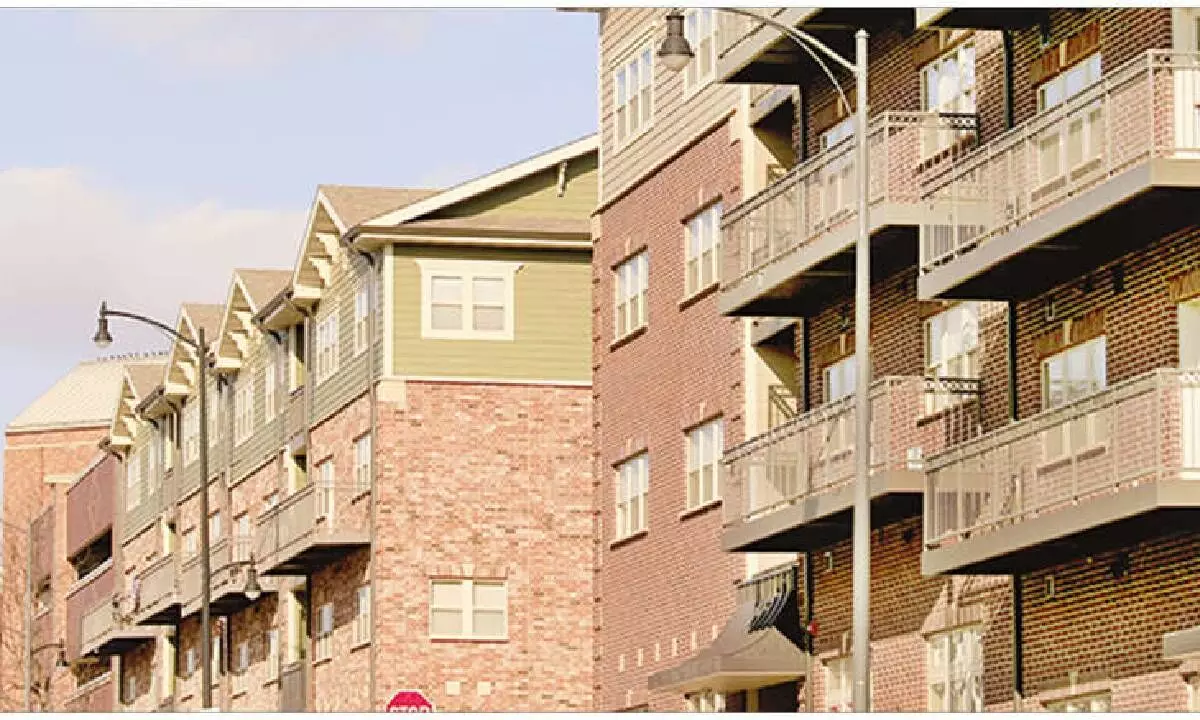Housing policy still needs more reforms
At a price-to-income ratio (PTI) of 11, housing in India is more than twice as expensive as its affordability benchmark of 5, says CSEP paper
image for illustrative purpose

New Delhi The Digital India Land Record Modernization Programme and the implementation of the Real Estate (Regulation and Development) Act have brought some improvement in the real estate sector in terms of policy, but structural problems persist. This results in high house prices. These are some of the findings of a recent working paper, ‘House prices in India: How high, and for how long?,’ by the New Delhi-based think tank Centre for Social and Economic Progress (CSEP).
The issue can be resolved by policy reforms focusing on the release of developable land supply in a transparent manner through credible and rigorous land use and implementation, said the paper. Shishir Gupta, Nandini Agnihotri, and Annie George of the CSEP authored the paper.
“Housing in India is indeed expensive relative to its yardstick of affordability, but we are not alone. At a price-to-income ratio (PTI) of 11, housing in India is more than twice as expensive as its affordability benchmark of 5,” the paper said. “Housing in countries like the United States, Australia, and Germany with PTIs of 3.6, 7.6, and 9, respectively, is more affordable. On the other hand, several other countries, especially in the developing world, such as Bangladesh, Sri Lanka, and China have PTIs that are worse than India’s at 12.3, 26.3, and 29.1, respectively.”
For countries comprising the ‘highly transparent’ cohort in JLL’s Global Real Estate Transparency Index, the average PTI is 8, compared to an average PTI of close to 14 for the ‘low transparency’ countries. India is currently part of the ‘semi-transparent’ cohort, which has an average PTI of 13.6.
However, there has been improvement in India. “It is noteworthy that we have been adjudged as the ‘best improver’ in the Asia Pacific (APAC) region over the past couple of years by this Index as a result of reforms like the digitization of land records through the Digital India Land Record Modernization Programme, and the implementation of the Real Estate (Regulation and Development) Act,” the paper said.
India’s high house prices are not due to a supernormal price increase over the past 30 years, but due to structural problems afflicting the real estate sector, the CSEP paper said. House prices appreciated by 9.3 per cent on an annual basis between 1991 and 2021, which is similar to gold at 9.2 per cent and lower than the Sensex at 13.5 per cent.

